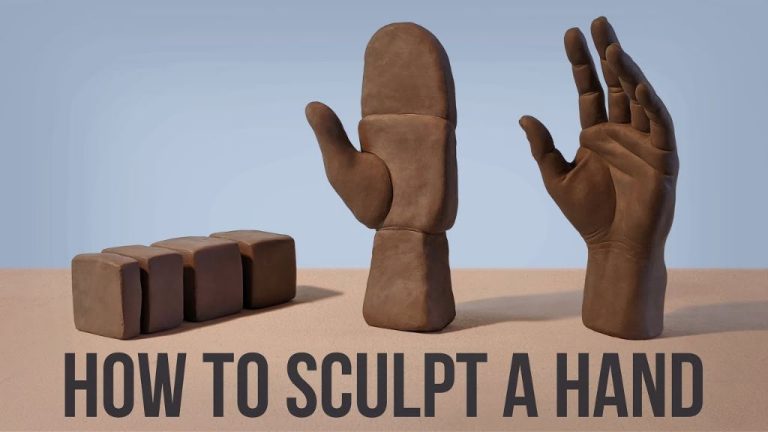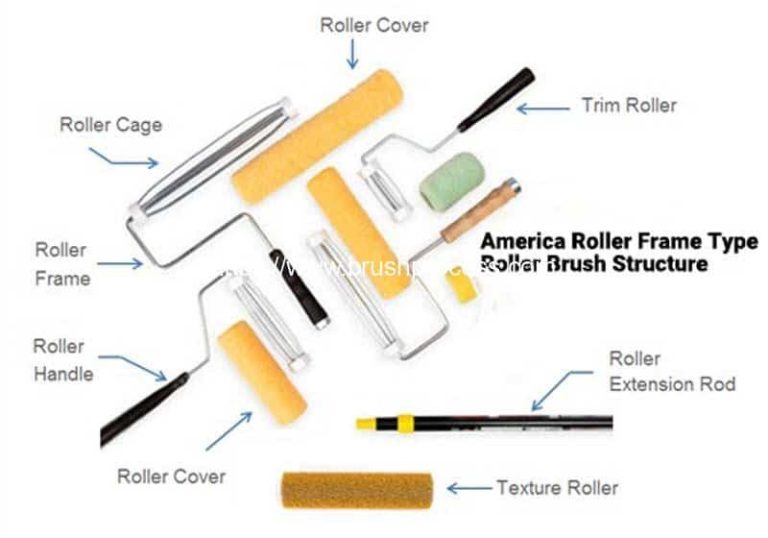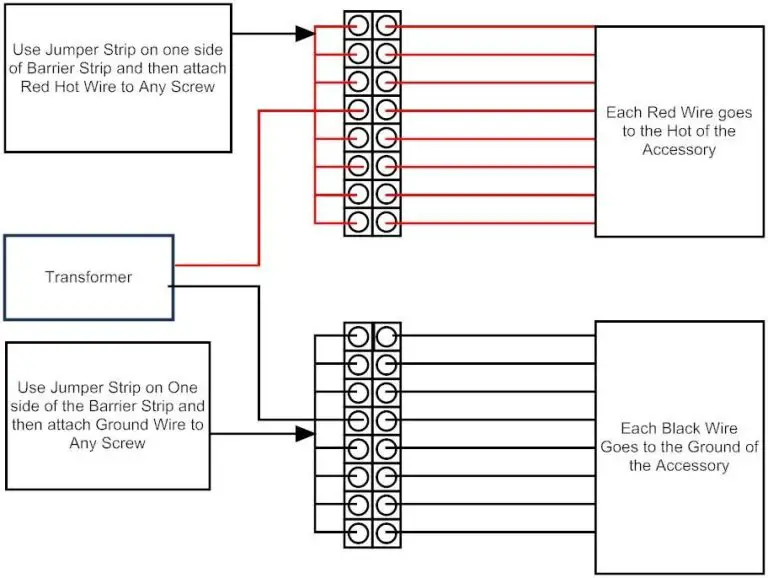How Long Does It Take For Terracotta Pots To Patina?
What is Terracotta?
Terracotta is a type of ceramic made from clay. The word “terracotta” comes from an Italian term meaning “baked earth.” Terracotta begins as natural clay dug from the earth. Traditionally, the clay is handworked and shaped, then fired at high temperatures in a kiln to harden it.
Terracotta is an ancient material used worldwide for pottery, sculpture, and construction. It has some unique properties that set it apart from other ceramics:
- Terracotta has a reddish-orange color from the iron oxide naturally present in the clay.
- It is porous and permeable, allowing air and moisture to pass through.
- Terracotta is not glazed, so it absorbs liquids readily.
- It can be left natural or painted with glazes to add color.
- Terracotta is durable yet brittle when fired at low temperatures.
- It has thermal insulating properties and can regulate temperature.
These distinctive characteristics make terracotta well-suited for certain applications like flower pots and water jars. Its porosity and breathability help plants thrive. Terracotta’s natural beauty and earthy qualities also appeal to many artists, decorators, and gardeners.
What is Patina?
Patina is a thin oxidized layer that naturally develops on the surface of certain materials over an extended period of time. On terracotta clay pots, patina refers to the subtle coloring and sheen that slowly develops as the clay interacts with oxygen, moisture, and minerals. This aging process causes the surface to darken, bringing out earthy tones of brown, orange, green and blue.
As a terracotta pot is used outdoors and exposed to the elements, patina gradually builds up in irregular patterns. Rain, humidity and moisture cause minerals in the clay to migrate upwards through the porous material, leaving behind traces of color. Over months or years, this oxidization process transforms the pot’s surface and makes it appear aged and weathered.
Patina is considered desirable on terracotta pots because it gives them an antique, rustic look. The variegated colors and textures add depth, dimension and visual interest. Many gardeners enjoy the timeworn, vintage charm patina lends to terracotta planters. It’s a naturally occurring finish that represents the passage of time.
Factors That Affect Patina Formation
There are several key factors that affect how quickly and evenly terracotta pots develop patina:
Exposure to Weather and Elements
Terracotta pots that are kept outdoors and exposed to the elements will patina faster than pots kept indoors. Sunlight, rain, wind, temperature fluctuations, and other environmental factors introduce more weathering to the terracotta clay over time.
Moisture and Humidity Levels
High moisture and humidity levels also accelerate the patina process. When terracotta absorbs water, the clay body expands slightly. As it dries and contracts, small micro-fissures develop in the surface. This physical weathering enables the patina to form faster.
Air Quality/Pollution
Areas with higher air pollution, such as urban environments, will cause terracotta pots to patina faster. Pollutants in the air react with the clay to form patina. Pots in cleaner environments with less pollution will patina slower.
Typical Timeline
The development of patina on terracotta pots occurs gradually, over a period of months to years. Here is the typical timeline:
First signs of patina formation will become visible within weeks to a few months after exposing the terracotta pot outdoors. You may notice a slight dulling or darkening of the orange-red clay surface. This is the beginning stage as minerals leach out and are deposited on the exterior.
After 6 months or more of weathering, you’ll see a deeper, more visible patina developing. The terracotta will take on a richer, earthier hue, with darker mottling or streaking in areas. The patina may not be evenly distributed at this point.
It takes 1-3 years for a mature, fully developed patina to form on a terracotta pot. The patina will be darker, with a mix of dark brown, black, orange, and ochre tones. The surface will have a mottled, textured appearance. At this stage the patina is complete and evenly distributed across the entire pot surface.
Accelerating Patina
There are a few techniques that can help speed up the patina formation process on terracotta pots:
Applying Finishes/Sealants
Certain sealants and finishes contain acidic ingredients that will help corrode the surface of terracotta faster. Products to try include white vinegar, yogurt, and buttermilk. Brush or rub these items onto the outside of the pot and allow it to sit for a few hours before rinsing off. The acidic nature of these products will start to break down the clay on the surface and encourage patina growth.
Burying Pots in Soil
Burying terracotta pots in soil introduces natural acids, bacteria, and minerals that aid patina formation. Find an area of soil in your yard or garden and dig a hole deep enough to fully bury the pot. Leave it underground for at least 1-2 weeks, checking on it periodically. The soil environment will naturally speed up the aging and patina process.
Salt Treatments
Make a saturated salt solution by dissolving 2 cups of salt into 4 cups hot water, stirring until no more salt will dissolve. Submerge the terracotta pot in the solution for at least 48 hours. Remove and rinse off the excess salt, then allow the pot to dry in a sunny location. The salt solution helps pull out minerals, increasing porosity and creating an aged, patina effect.
Slowing Down Patina
If you want to slow down the patina formation process on your terracotta pots, there are a few things you can do:
Keep pots glazed – Glazing creates a protective barrier on the surface of the terracotta, preventing moisture and weathering from interacting directly with the clay. As long as the glaze remains intact, it will significantly slow down patina formation.
Store pots indoors – Keeping your terracotta pots in a covered, indoor area protects them from rain, sun, temperature fluctuations, and other weathering factors. Without constant exposure to the elements, patina will develop much more gradually.
Provide protection from rain/sun – If you need to keep your pots outdoors, using a dedicated cover or overhang can provide protection from direct rain and sunlight. Limiting this exposure will slow down chemical and physical weathering processes that create patina.
Caring for Patina
Once a terracotta pot develops a patina, it’s important to care for it gently to preserve the finish. Here are some tips:
-
Dust terra cotta lightly and regularly to prevent dirt buildup. Use a soft dry cloth or brush to gently wipe away dust and debris.
-
Clean with mild soap and water only when necessary. Avoid harsh chemicals or abrasive scrubbing, as this can strip away the patina.
-
Rinse thoroughly after cleaning and allow pots to air dry before replacing any plant material.
-
Avoid exposing patina to extreme temperature changes, as this can cause cracking or peeling.
-
Consider applying a patina-safe sealant if the pot will be exposed to lots of handling or moisture.
-
Handle pots gently to avoid scratching or chipping the patina surface.
-
If patina does become damaged, consider allowing the pot to naturally re-patina.
With proper care, the patina on terracotta pots can last for many years, adding beautiful character and charm.
Aesthetic Considerations
The patina that forms on terracotta pots can create visually pleasing effects that enhance the look of the pots. There are a few aesthetic considerations when it comes to patina:
Desired Patina Colors
The patina that forms on terracotta pots often develops in earthy, neutral tones of brown, orange, green, and blue-grey. These natural colors can provide an aged, weathered look. Some may prefer patinas in specific hues, like vibrant orange or verdigris green.
Enhancing vs. Inhibiting Patina Patterns
The patina usually appears in splotchy patches, adding texture and visual interest. To enhance this, group pots together so the patinas mingle. To inhibit pattern formation for a more uniform look, regularly wipe/clean the pots so patina builds up evenly. Consider whether a bold, patchy patina or a subtler, consistent patina is preferred.
Sealing Patina
Once your terracotta pots have developed the patina you desire, you may want to seal the finish to protect and preserve it. Clear sealants are recommended to maintain the natural patina aesthetic.
Sealing is especially important for outdoor terracotta pots, as it helps protect against damage from weathering. Look for sealants specifically formulated for porous materials like terracotta. Water-based acrylic sealants are a good option since they allow the terracotta to continue breathing while providing a protective barrier.
Apply the sealant in a well-ventilated area according to the manufacturer’s instructions, using a brush or paint roller to coat the entire surface. 2-3 thin, even coats are better than 1 thick coat. Allow each coat to fully dry before adding the next.
Sealing should be repeated periodically to maintain protection. Check pots after 1-2 years, examining for any signs of wear, fading, or cracking of the sealant. Reapply sealant as needed to keep the patina preserved.
With proper sealing, your beloved terracotta pots can display their aged patina for many years to come.
FAQs
Here are some frequently asked questions about how long it takes for terracotta pots to patina:
How long does it take terracotta to get patina?
On average, unglazed terracotta pots take between 1-3 years to develop a natural patina. However, many factors like climate, location, and care can accelerate or slow down the patina formation. With the right conditions, some pots develop rich patina in as little as 6 months.
Does patina continue to darken over time?
Yes, the patina on terracotta pots will gradually darken and enrich over many years. Pots aged 5+ years often have a deep, dark patina compared to a 1 year old pot. Proper care and weathering can help patina continue to develop over decades.
Can I speed up the patina process?
There are some tricks to help accelerate patina formation. Exposing pots to the elements, avoiding sealants, planting moisture loving plants, and cleaning with vinegar water can all help quicken the patina process from 1-2 years to potentially 6-12 months.
Why is my pot not developing patina?
If your terracotta pots are not developing patina even after 1-2 years, the issue is likely:
- Using a sealer or lacquer on the pot surface
- Keeping the pot exclusively indoors away from the elements
- Only growing cacti/succulents instead of moisture loving plants
- Excessive cleaning or scrubbing of mineral deposits
Adjusting these factors can help restart the natural patina process. Remove sealants, move pot outdoors, grow different plants, and allow mineral deposits to accumulate.



